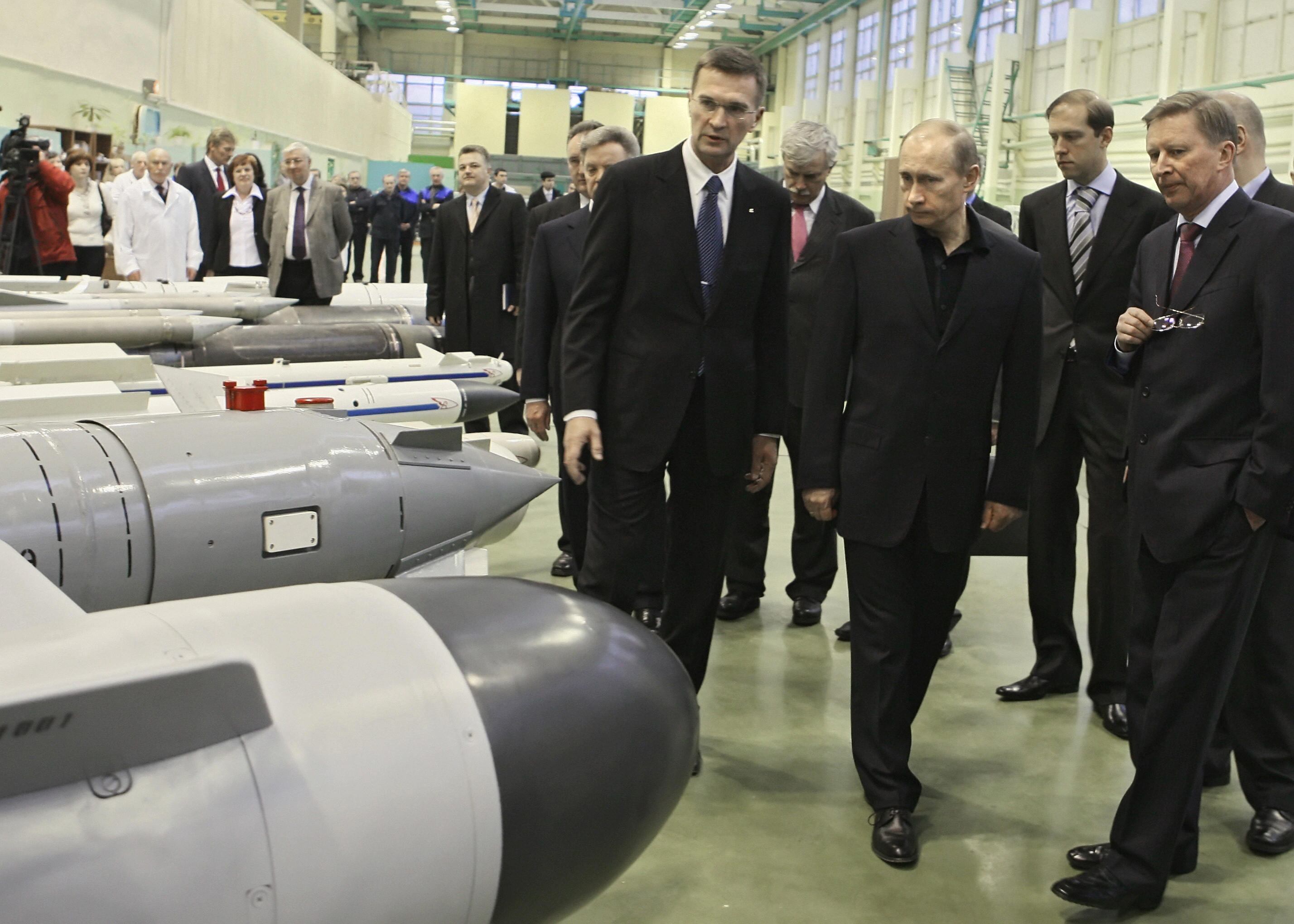The first COVID-19 clusters appeared in Italy in late February, and by early March the Italian authorities issued a decree to install strict public health measures, including social distancing first in the affected regions and then nationwide. Soon afterward, Spain, France and many other European countries instituted similar public health measures. Without debating the efficacy of those measures, the important takeaway is that when faced with what was viewed as a clear and present danger, European countries acted in their own self-interest without having to depend on the U.S. to counter the threat posed by COVID-19. They need to take that same approach for their own security and responsibilities under NATO. It is not a question of resources or capabilities — it is largely a matter of political will.
The low hanging fruit for our European NATO allies is to meet their pledge of spending 2 percent of their gross domestic product on defense. Currently nine countries meet that threshold: the United States (3.42 percent), Bulgaria (3.25 percent), Greece (2.28 percent), the United Kingdom (2.14 percent), Estonia (2.14 percent), Romania (2.04 percent), Lithuania (2.03 percent), Latvia (2.01 percent) and Poland (2 percent).
Noticeably absent are Germany (1.38 percent), France (1.84 percent) and Italy (1.22 percent) — the fourth, seventh and eighth largest economies in the world.
These are wealthy countries that can afford to make the necessary investment. Indeed, the combined GDP of NATO Europe is nearly on par with the U.S. — about $17.5 trillion versus about $20 trillion. Yet, the U.S. spends more than double on defense than our European NATO allies. Other than political will, there is no real reason that European NATO countries cannot spend 2 percent of their GDP for their own defense. Yet, even though Germany previously pledged to meet its 2 percent obligation, Berlin is proposing a new metric based on a country’s defense needs — perhaps because U.S. President Donald Trump has stated that he wants European allies to spend 4 percent of their GDP on defense (a metric even the U.S. does not meet).
Beyond spending, there is the question of what threat NATO should counter. Originally created in 1949, NATO was intended to counter the Soviet military threat and communist expansion. At the height of the Cold War, the Soviet Union and its Warsaw Pact allies had some 4 million troops and 60,000 main battle tanks deployed against Western Europe — and threatened invasion via the North German Plain, Hof Corridor and Fulda Gap. But today’s Russian Federation is not the Soviet Union. Nonetheless, NATO’s European countries have the resources to counter a Russian military threat (although it’s worth noting that NATO Secretary General Jens Stoltenberg recently said: “We don’t see any imminent threat against any NATO ally.”)
NATO Europe’s combined GDP is 10 times larger than Russia’s — more than $17 trillion versus $1.7 trillion. And current defense spending is also in Europe’s favor by more than 4-to-1 ($287 billion versus $65 billion). Again, there is no practical reason why NATO Europe cannot make the necessary investments to provide for its security. It is more a question of political will.
RELATED

Moreover, if NATO is concerned about Russia as a potential threat, it should think twice about continuing to expand the alliance eastward onto Russia’s doorstep. Rather than providing increased security, it may do more to provoke the Russian bear.
Part of the problem is that NATO has largely strayed from its original purpose of collective defense against the Soviet Union (and now Russia). According to the NATO website, the organization is “an active and leading contributor to peace and security on the international stage” that “promotes democratic values and is committed to the peaceful resolution of disputes” with “approximately 20,000 military personnel ... engaged in NATO operations and missions around the world.”
If Russia is deemed a threat to Europe and NATO, then the European members of NATO need to take primary responsibility for defending themselves against that threat — and they should view that threat widely to include Russian cyberthreats as well as misinformation and disinformation campaigns meant to undermine elections. That doesn’t mean a U.S. withdrawal from NATO. But it is long past the post-World War II era when European countries were struggling to regain their footing and needed America to be the bulwark of its defense.
Europe as a whole is today an economic powerhouse — second only to the United States. NATO Europe can and should do more to provide for its own security rather than depending on the U.S. to act as the front line of its defense. All that needs to happen is for those countries to be as serious as they were with COVID-19 and take the same approach to national security as they did when the pandemic began.
Charles V. Peña is a senior fellow with Defense Priorities. He has experience supporting the U.S. departments of Defense and Homeland Security. He previously served as the director of defense for policy studies at the Cato Institute, and he is author of “Winning the Un—War: A New Strategy for the War on Terrorism.”








